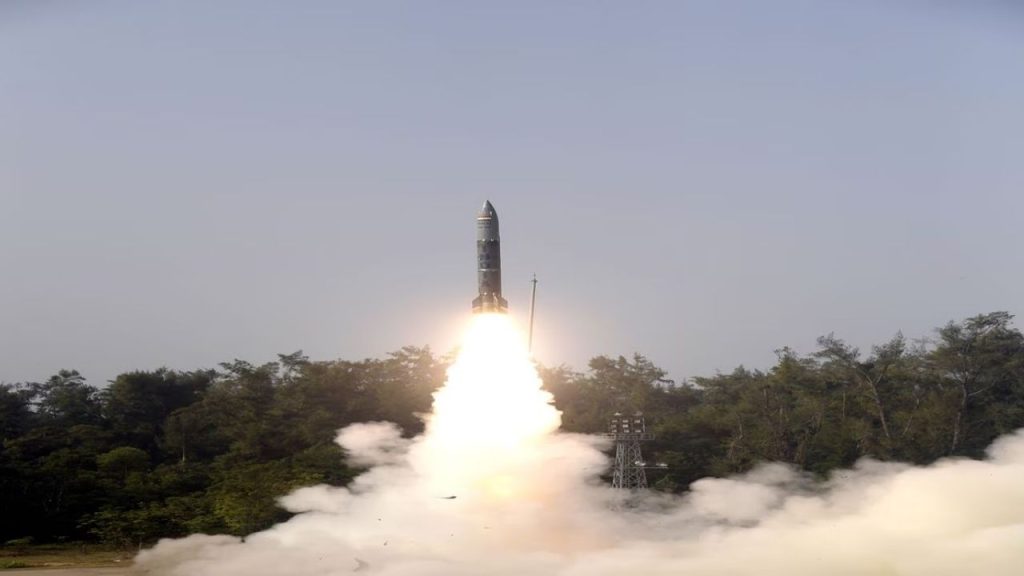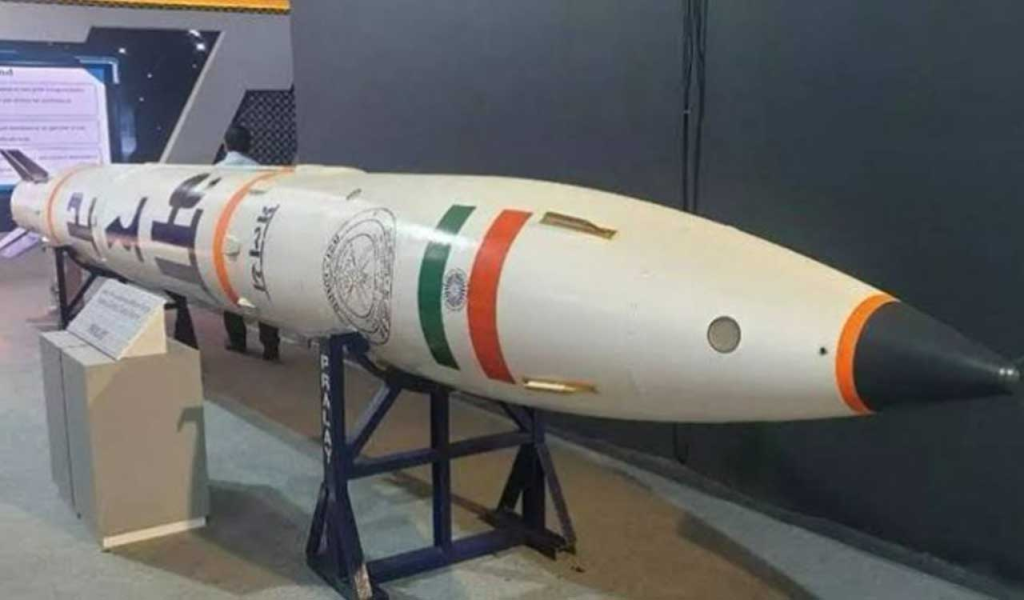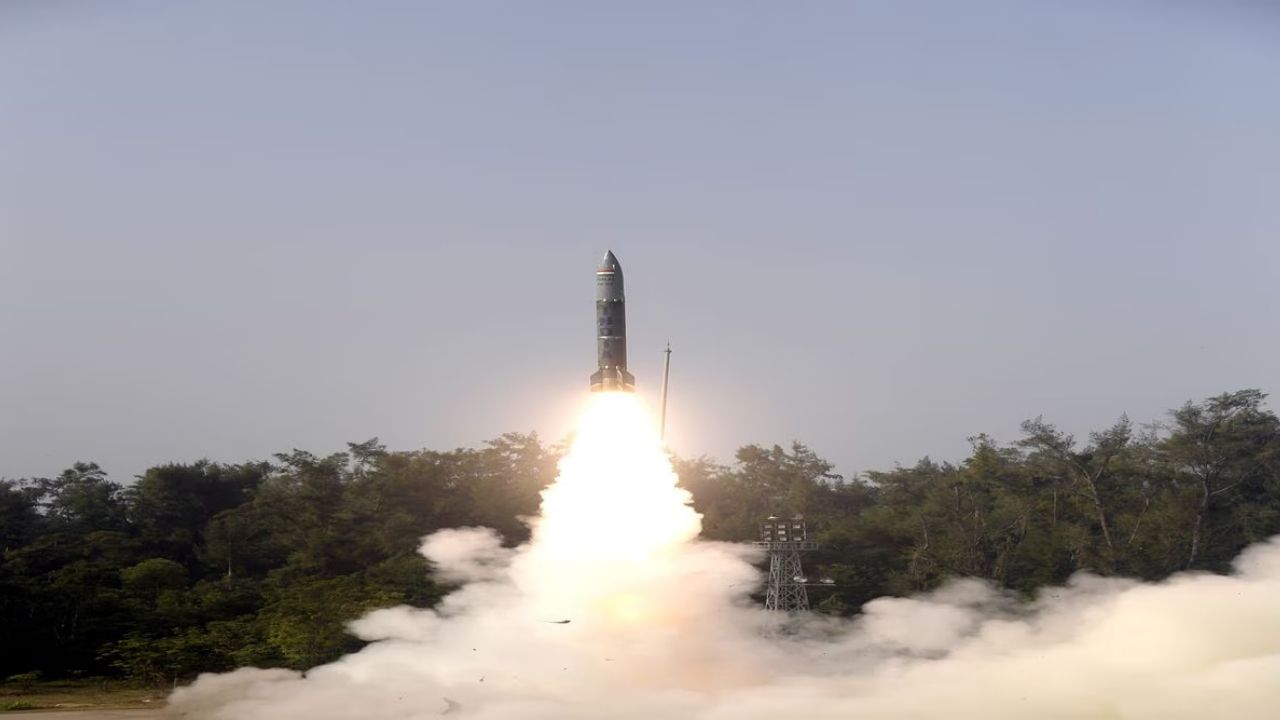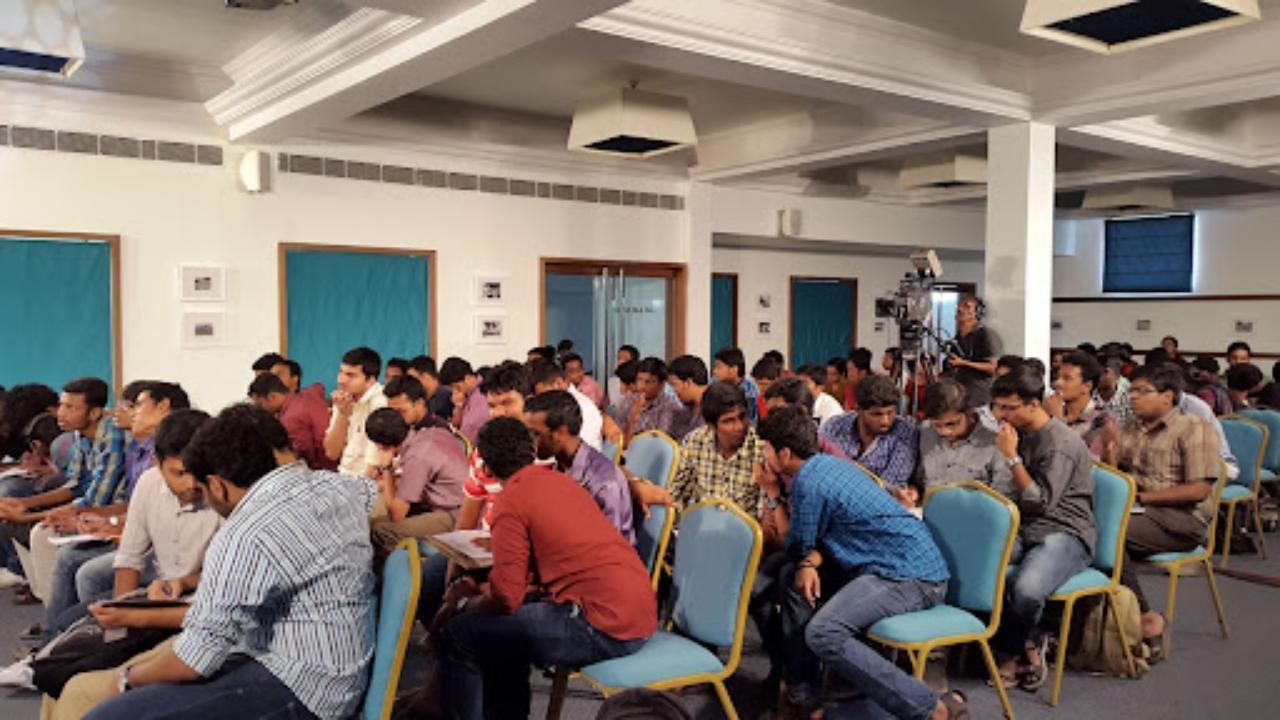In an exciting development that has captured the attention of defense enthusiasts worldwide, the Defence Research and Development Organisation (DRDO) has successfully completed a series of flight tests for the ‘Pralay’ missile. This achievement, marking a significant milestone, was conducted on July 28 and 29, 2025, off the coast of Odisha. The tests not only showcase India’s growing prowess in missile technology but also solidify the nation’s commitment to enhancing its tactical battlefield capabilities.

The successful launches were conducted from the Dr. APJ Abdul Kalam Island, a place synonymous with numerous defense advancements. These tests were part of the user evaluation trials, focusing on validating the missile’s range capabilities and performance under real-world conditions. The Pralay missile performed flawlessly, meeting all the intended objectives with pinpoint accuracy, marking a major achievement for the DRDO and the Indian Armed Forces.
DRDO Achieves Milestone with Successful ‘Pralay’ Missile
| Topic | Details |
|---|---|
| Missile Name | Pralay Missile |
| Date of Tests | July 28 and 29, 2025 |
| Test Location | Dr. APJ Abdul Kalam Island, Odisha |
| Missile Range | 150 to 500 kilometers |
| Payload Capacity | 350 to 700 kilograms |
| Guidance System | Inertial Navigation System (INS) with Midcourse Guidance and Radar Imaging Terminal Guidance (RITG) |
| Speed | Mach 1 to Mach 1.6 |
| Launch Platform | 8×8 BEML Tatra Transporter Erector Launcher (TEL) |
| Warhead Types | High Explosive (HE), Penetration-Cum-Blast (PCB), Runway Denial Penetration Submunition (RDPS) |
| Mobility | Road-mobile system for rapid deployment |
| Induction Status | Expected soon, with plans for inclusion in the Indian Armed Forces |
| Official Sources | DRDO Official Website |
| Reference | PIB Report on Pralay Missile |
In conclusion, the successful flight tests of the Pralay missile are a momentous achievement for India and its defense capabilities. By providing the Indian Armed Forces with a highly mobile, precise, and versatile weapon system, the Pralay missile is set to enhance India’s tactical capabilities and strategic deterrence. As the missile undergoes further refinement and testing, its induction into the Indian Armed Forces will undoubtedly serve as a critical asset in maintaining peace and security in the region.
Introduction to the Pralay Missile
The Pralay missile is India’s response to the need for a short-range ballistic missile capable of delivering quick, precise strikes in tactical combat scenarios. With a range of 150 to 500 kilometers and a payload capacity of up to 700 kilograms, the missile is designed for flexibility and precision, crucial for modern-day warfare.
Developed by the DRDO’s Research Centre Imarat (RCI), the missile integrates cutting-edge technology, including a Inertial Navigation System (INS) with Midcourse Guidance and Radar Imaging Terminal Guidance (RITG). This allows the missile to adjust its trajectory mid-flight and hit moving targets with unmatched accuracy. The development of such advanced missile systems further strengthens India’s position in global defense technology and arms capabilities.
The Pralay missile is also designed to be road-mobile, which enhances its mobility and reduces vulnerability. The missile can be quickly deployed using the 8×8 BEML Tatra Transporter Erector Launcher (TEL), ensuring that it can be launched from almost anywhere on the battlefield. This strategic mobility is key in the context of modern warfare, where speed and unpredictability are paramount.

Breaking Down the Technology
1. Guidance Systems: The Brain Behind the Missile
The Pralay missile’s guidance system is perhaps its most impressive feature. The missile combines inertial navigation with midcourse updates and terminal radar guidance, giving it the ability to adjust its course while mid-flight, ensuring it stays on target.
What does this mean in simpler terms? It means that even if the missile’s target moves or changes position after launch, the Pralay can make the necessary adjustments during flight, ensuring it reaches its intended target with high precision. For the armed forces, this is a game-changer, making the missile highly adaptable in unpredictable combat environments.
2. Payload and Warheads: Versatility at Its Core
The Pralay missile offers multiple warhead options, including High Explosive (HE), Penetration-Cum-Blast (PCB), and Runway Denial Penetration Submunition (RDPS), allowing it to be used in various combat scenarios. The penetration warheads are particularly effective against reinforced targets, while the runway denial submunitions can incapacitate enemy airstrips, hindering the movement of enemy aircraft.
This flexibility makes Pralay not just a simple ballistic missile, but a versatile weapon system capable of fulfilling different strategic needs. For example, in a combat situation, commanders can choose the type of payload based on the specific requirements of the mission. Whether targeting enemy bunkers, infrastructure, or airstrips, the Pralay missile can do it all.
3. Speed and Range: Fast and Far
With a speed range of Mach 1 to Mach 1.6 and a variable range of 150 to 500 kilometers, the missile strikes a perfect balance between rapid deployment and sufficient reach. This range allows the missile to hit targets that are far behind enemy lines, while its speed ensures that it reaches the target before the enemy has a chance to react.
For example, if an adversary’s base is located 450 kilometers away, the Pralay missile can cover that distance in a matter of minutes, reducing the enemy’s reaction time significantly. This quick strike capability is essential in modern warfare, where milliseconds can make a difference between success and failure.
The Role of DRDO in National Security
The Defence Research and Development Organisation (DRDO) has been the cornerstone of India’s defense technology development for decades. With the Pralay missile tests, DRDO continues to play a vital role in strengthening India’s defense capabilities. The organization has consistently developed weapons systems that are designed to meet the unique challenges of modern warfare.
From missiles to radars, communication systems, and cyber defense technology, DRDO’s wide array of innovations makes India a force to be reckoned with on the global stage. And it’s not just about national defense—the advancements made by DRDO often spill over into civilian applications, boosting India’s technological development as a whole.
DRDO’s Commitment to Excellence
The successful completion of the Pralay missile tests is yet another testament to DRDO’s commitment to providing the Indian Armed Forces with the tools they need to stay ahead of the curve in an ever-evolving geopolitical landscape. It is not just about designing powerful weapons—it’s about ensuring that India can defend its borders, protect its interests, and maintain peace and stability in the region.
Future Prospects and Strategic Importance
The Pralay missile’s induction into the Indian Armed Forces is set to bolster India’s strategic deterrence capabilities. As a tactical missile, it is designed for use in short-range, precision strikes. The missile’s versatility and mobility also make it a key asset in conventional warfare scenarios, where speed, accuracy, and the element of surprise are critical.
For the Indian Army, Navy, and Air Force, the Pralay missile will serve as a force multiplier, offering them more options when facing an adversary. Whether used for defensive operations, counterattacks, or disrupting enemy supply lines, the Pralay missile will be an integral part of India’s modern military strategy.
India Conducts Successful Ballistic Missile Tests in Odisha: Prithvi-II and Agni-I
Astra BVRAAM with Indigenous RF Seeker Hits Mark in Successful Test off Odisha
FAQs
Q1: What is the Pralay missile’s primary purpose?
The Pralay missile is primarily designed for tactical operations, allowing the Indian Armed Forces to strike with high precision in short-range conflicts. It is equipped with versatile warhead options, making it adaptable to different combat scenarios.
Q2: How far can the Pralay missile travel?
The Pralay missile has a range of 150 to 500 kilometers, depending on the specific launch configuration and target. This allows it to hit a variety of targets, from enemy bunkers to airstrips.
Q3: Who developed the Pralay missile?
The Pralay missile was developed by DRDO (Defence Research and Development Organisation), with contributions from Research Centre Imarat (RCI) and other DRDO labs and industry partners.
Q4: Can the Pralay missile be used for offensive operations?
Yes, the Pralay missile is designed for offensive operations, capable of striking enemy infrastructure and military installations quickly and with great precision.
Q5: When will the Pralay missile be inducted into the Indian Armed Forces?
The Pralay missile is expected to be inducted into the Indian Armed Forces in the near future, following successful testing and validation.





